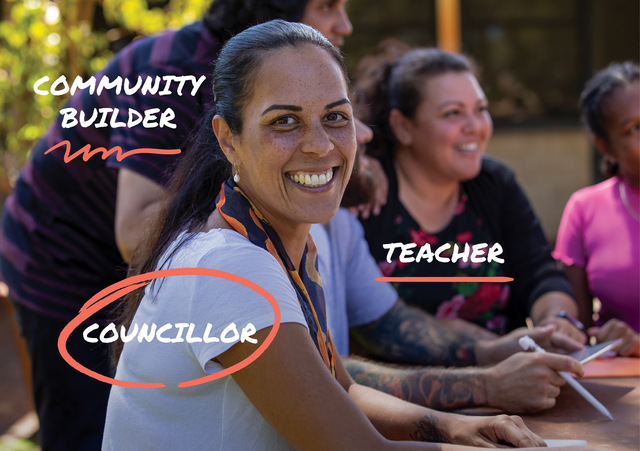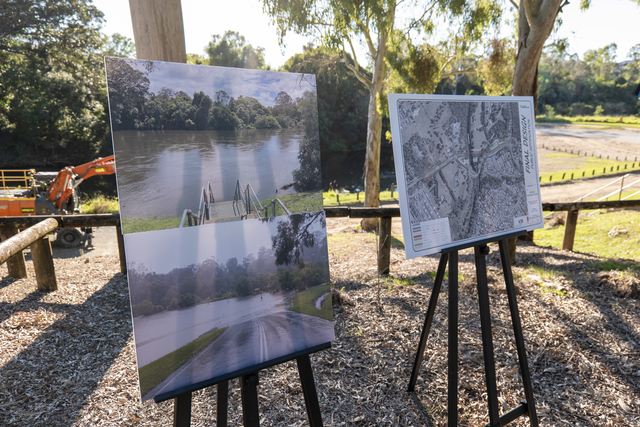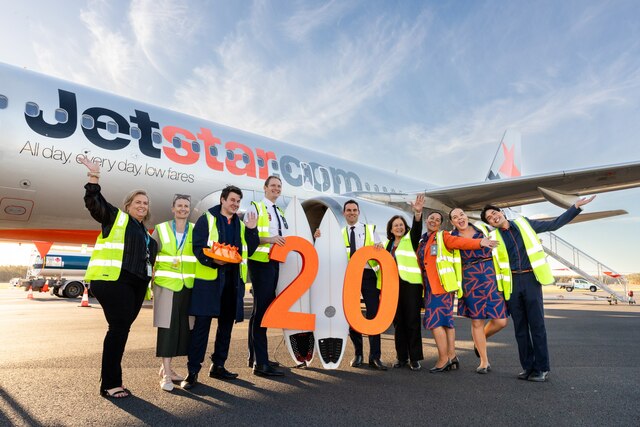by Murali K G*
Local Governments throughout Australia have been practicing and applying asset management for decades. However in the past five to seven years, Asset Management has entered a new phase, creating hype, discussion and uncertainty about implementing ‘Strategic Asset Management’ (SAM).
SAM can assist Local Government in sustaining, improving and rationalising the services that it provides today to ensure that future generations enjoy the same, if not improved, services.
The ‘Strategic’ aspect of modern asset management is what is newer and therefore creates a degree of uncertainty, and makes it overwhelming or daunting.
Keep It Simple and Sensible (KISS) approach to SAM
At the City of Charles Sturt, we referred to the age old saying, ‘How do you eat an elephant?’ in our approach to SAM. We decided to eat it one bite at a time.
Like many Councils, our City faced some issues during the early days of addressing asset management. We had a lack of asset data and condition details, and little integration of asset management processes across various teams. Staff also lacked awareness and understanding of asset management principles and the demand for infrastructure.
In spite of these hurdles, all levels of the organisation were willing to commit to an asset management improvement process if it could be kept simple, and if it made sense to the teams.
So we did the following:
- categorised assets into manageable,
functional groups (25 groups in total) - created small teams with a nominated
Asset Officer to develop asset management
plans for each asset group - trained over 30 officers to understand and
apply the principles of SAM to the assets
they managed in their daily lives - developed asset management plans using
the KISS principle – readable within 20
minutes and no more than 30 to 40 pages
in length - used the asset management plans to list
asset management improvements.
Using this process, by February this year, we had created 13 core asset management plans, which address over 80 per cent of our assets in value. Asset management improvements, gaps and asset risks were listed and prioritised and staff had developed ownership of assets and the SAM principles. We had also moved from ‘depreciation based’ funding to ‘need based’ financial projection and there is improved communication between operations and finance functions.
Asset management plans
We developed a pilot plan for use as a template to simplify the process for asset managers. We based the pilot on our playground infrastructure and used the International Infrastructure Management manual (2002 edition) as a guide.
The plan was completed in 2005 and incorporates:
- documentation of available asset
data (inventory, condition data, estimated
remaining life, replacement value and so forth) - documentation of current levels of
service - demand forecasting
- risk analysis
- life cycle costing based on service levels,
operation and maintenance cost
information - a 20 year financial forecast for operations
and maintenance, renewal and upgrades
was prepared based on asset data, lifecycle
costing and risk analysis - an asset management improvement
plan, identifying and documenting grey
areas, opportunities for improvements,
responsibilities and time frames.
The pilot’s simplicity and the ease of adapting the template to other assets inspired asset managers in various teams to begin preparing their own plans.
Teams have now committed to completing core plans for all asset groups by next November.
However, preparing the asset management plan template was a primary step in improving asset management practices. Our asset management Steering Committee and the asset managers have now undertaken several other initiatives to progress SAM.
For example, Council now has a stronger focus on integrated planning of works. Teams are required to plan and prepare a four year capital works and operating program, which is presented to other teams during a workshop.
This process has led to improved communication between teams, improved scheduling of works, minimisation of rework, and improved outcomes for the community.
Recently, Council also completed the development of a Community Plan, which provides insight to the community’s vision for the future of City.
This strategic document will provide important information for the preparation of future asset management plans.
* Murali K G is Coordinator Capital Projects at the City of Charles Sturt, South Australia.







